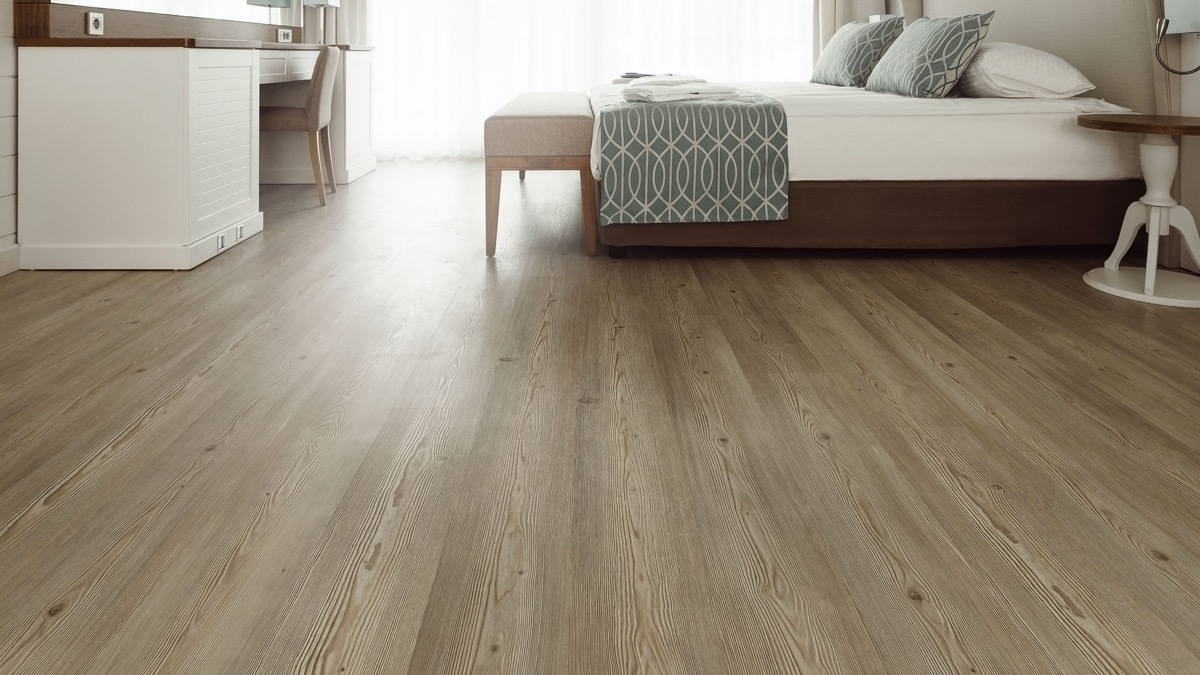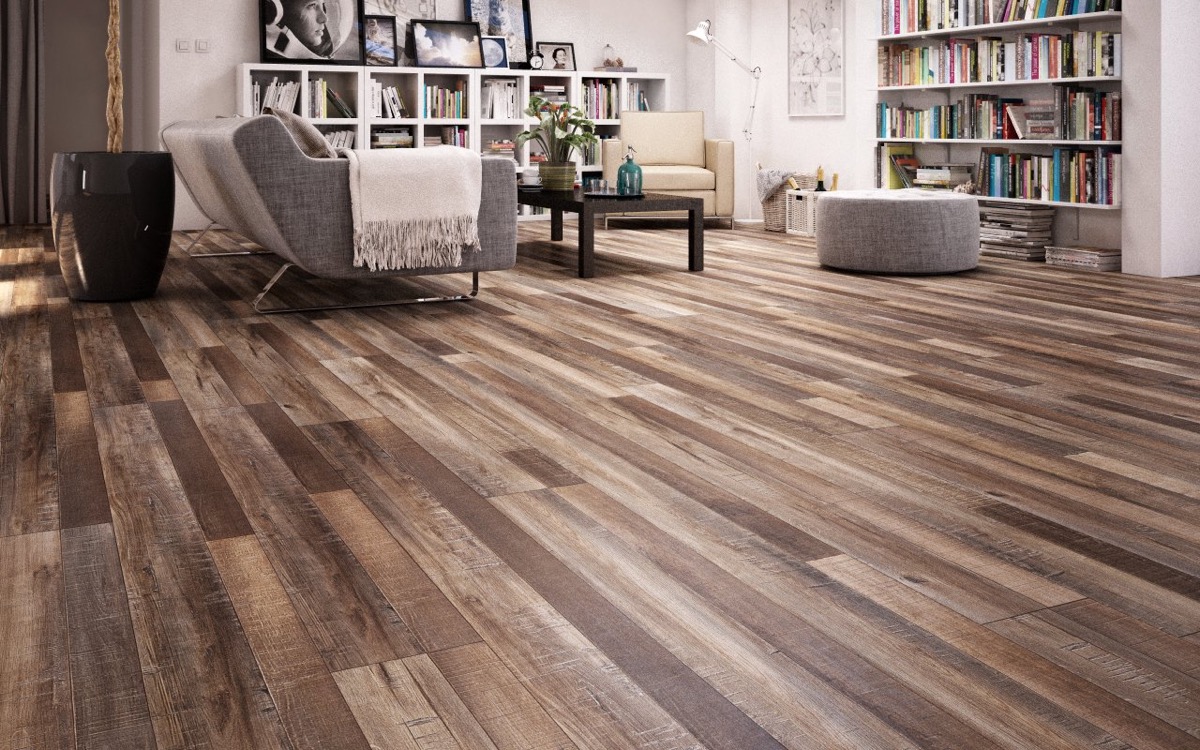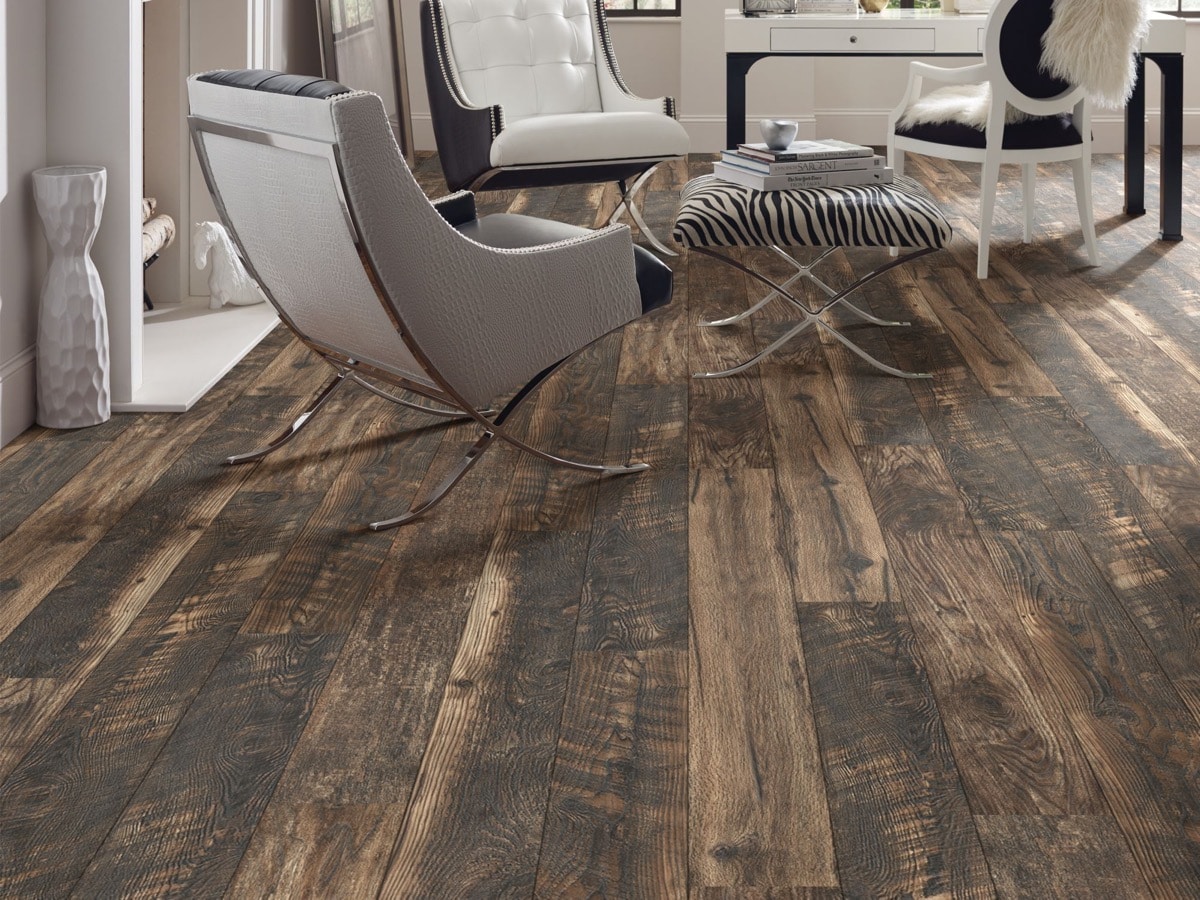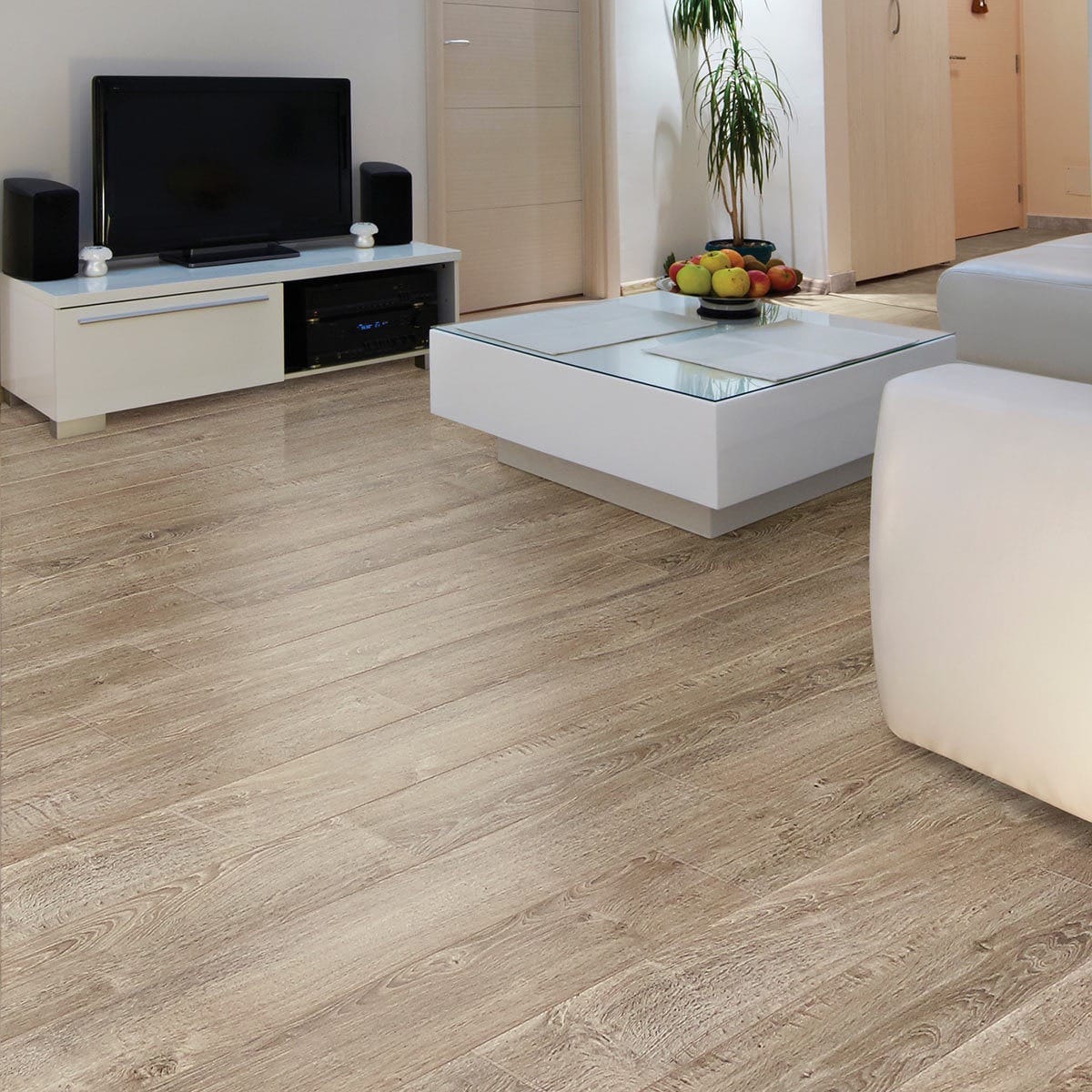
Laminate floors and water do not have to mix because water is an element that can severely damage laminate floors, although sometimes, there may be leaks or leaks that cannot be remedied.
A number of floor coverings are considered waterproof, such as ceramic or porcelain tile, luxury vinyl plank flooring, and especially laminate vinyl flooring. At the other end of the spectrum there are floors like solid wood, bamboo and engineered wood where it is possible that you want to think a lot before going to bed in a full bathroom with a shower or bathtub.
Laminate flooring falls on the last link. If installed inexperiencedly, laminate flooring will be a disaster in high humidity environments. If installed in accordance with the manufacturer's instructions, laminate flooring has at least a decent chance of being protected against water.

Water tests
What happens when water comes in contact with laminate flooring? Although the laminate flooring industry specifications dictate water testing where the soil is submerged under water for a full day, irreversible damage occurs much earlier than that.
Generally, laminate flooring with open edges will maintain its original dimensions after approximately two hours of exposure to submerged water. After about four hours, the soil begins to absorb water, and this is considered the point of no return. Higher temperatures will increase the rate of absorption.
Delamination
Slowly the image layer and wear layer begin to delaminate from the top of the board. Because laminate is a dense fibreboard, it takes more than two full days to dry.
Installed laminate flooring can take weeks to dry, if at all. After thorough drying, it will never return to its original dimensions. Given this, It is absolutely critical that water is kept away from the laminate floor as much as possible.

Water on laminate flooring
Laminate flooring can get wet, this is so and you don't have to be alarmed. But only the top. The sides of laminate flooring, open seams, damaged areas and bottoms can never get wet.
If it does, clean standing water quickly, as water can migrate to the laminate seams. The edge areas of the laminate are more problematic as the edges are cut and exposed. If the water has reached edge areas or open seams, you have to completely extract the water with a wet vacuum.
If you install laminate flooring in a full bathroom, you must take extreme precautions given by laminate manufacturers. Installation in guest or media bathrooms without precautions is acceptable because water is not frequent as in rooms with bathroom facilities. In these rooms, the main areas of concern would be around the toilet and under the sink.
Water under laminate flooring
When the water gets under the laminate flooring, the water must be removed immediately. If a small amount of water has escaped to the edges of the floor, lift up any quarter turns (shoe trim) or baseboards around the perimeter. If the water is not penetrating, you may be able to remove it with a wet-dry vacuum.

Your best option is to remove the affected floorboards. Floor boards that run parallel to the spill can be easy to remove (after the quarter turn and base boards have been taken) as the last course of parallel laminate boards must slope upward. Then you canTake progressively tables as needed.
Floor boards that run perpendicular to the spill, as well as the first course of boards, cannot be removed so easily. In this case, you must remove all the laminate flooring boards.
Repair damaged areas of laminate flooring by water
Many types of floors, not just laminate floors, are subject to damage when hit with enough water. Solid wood floors will warp and swell when water spills. Since the wood fibers in real wood run lengthwise, the weak direction is lateral.
When natural wood is bent in this direction, it crowns or is hollowed out. Even waterproof floors like vinyl can be affected if water works its way under the floor and begins to degrade the paper backing.
The difference between real wood and laminate is that real wood can potentially be salvaged. Even hollowed out or crowned wood can be sanded flat. Laminate floors cannot be sanded. Does that mean it can't be fixed?
While damaged boards cannot be repaired, they can be replaced one by one. Most installations use laminated board packages. Since there are a certain number of boards in each package, it is inevitable that there will be left over. If the board is at the end, then you would remove the motherboard and remove the affected board. If the damaged board is in the center, cut it with a fine finish blade on a circular saw.